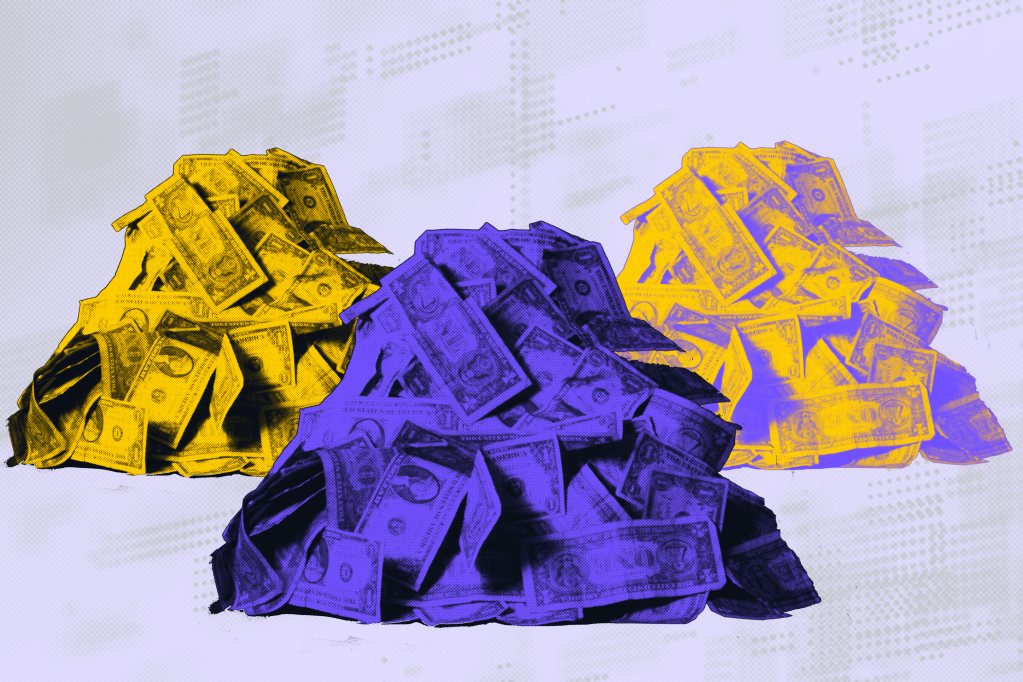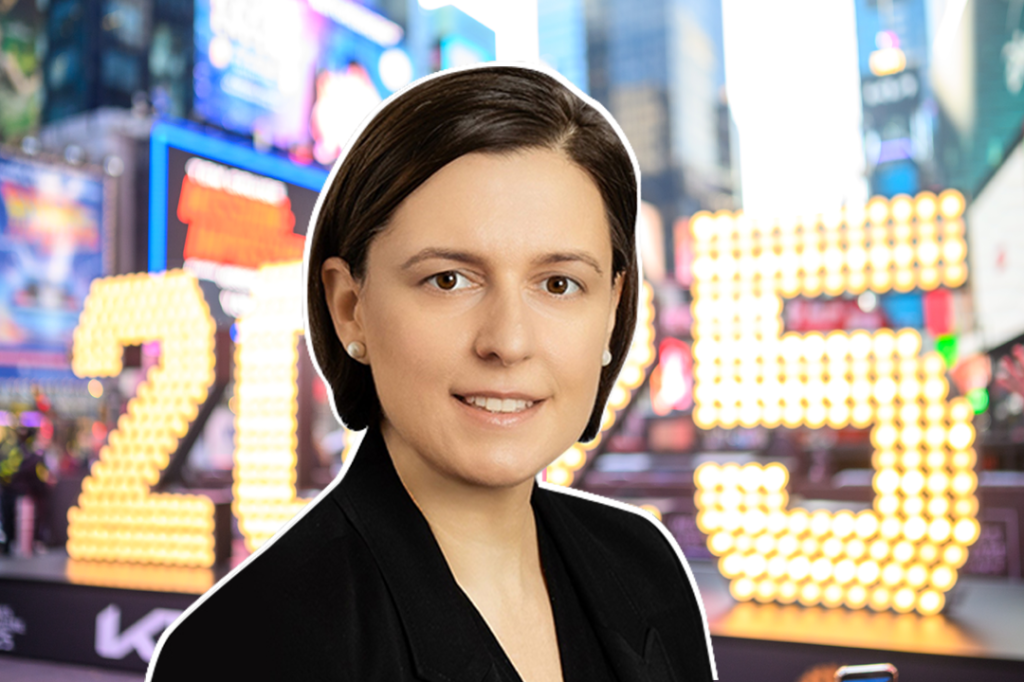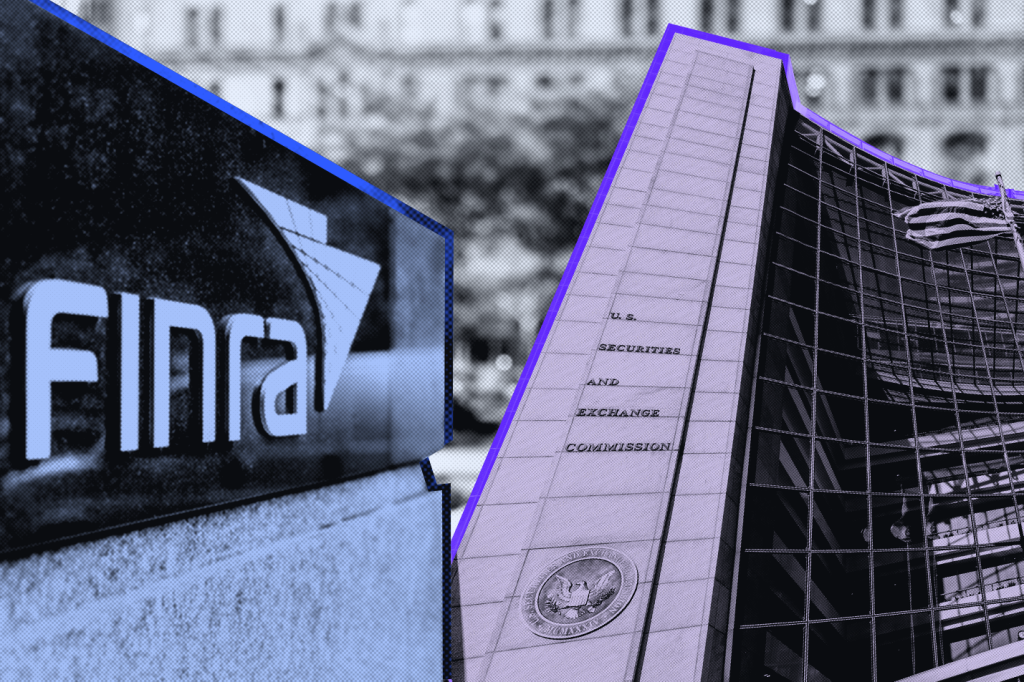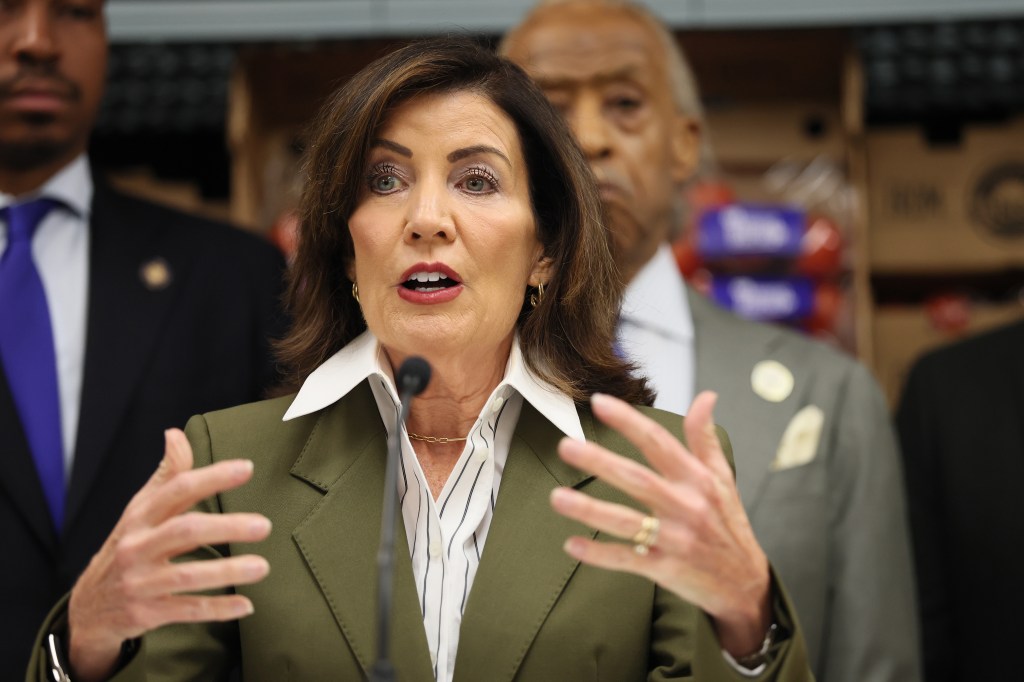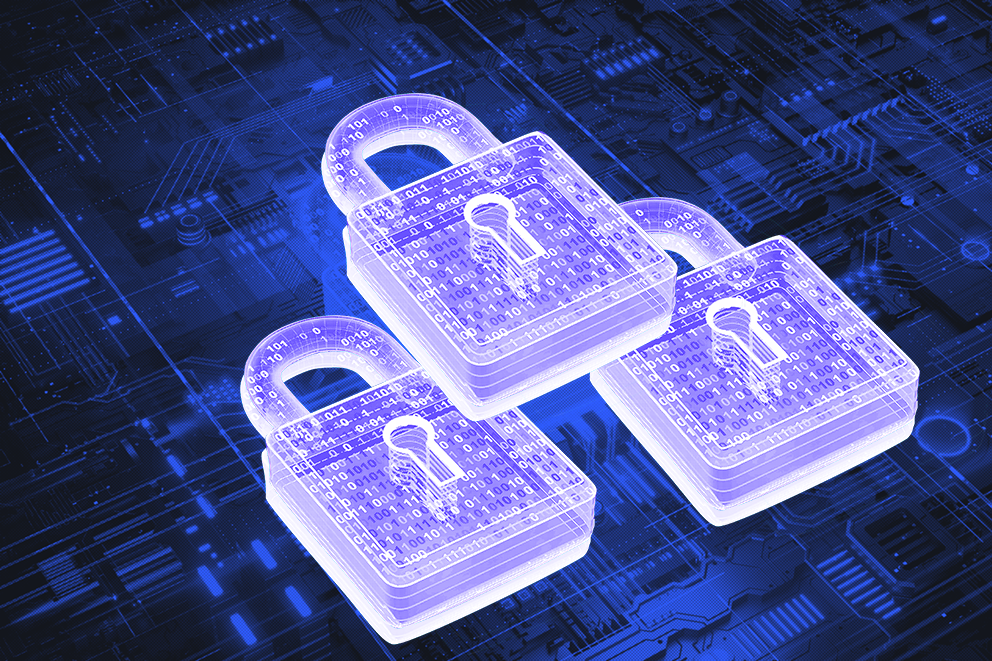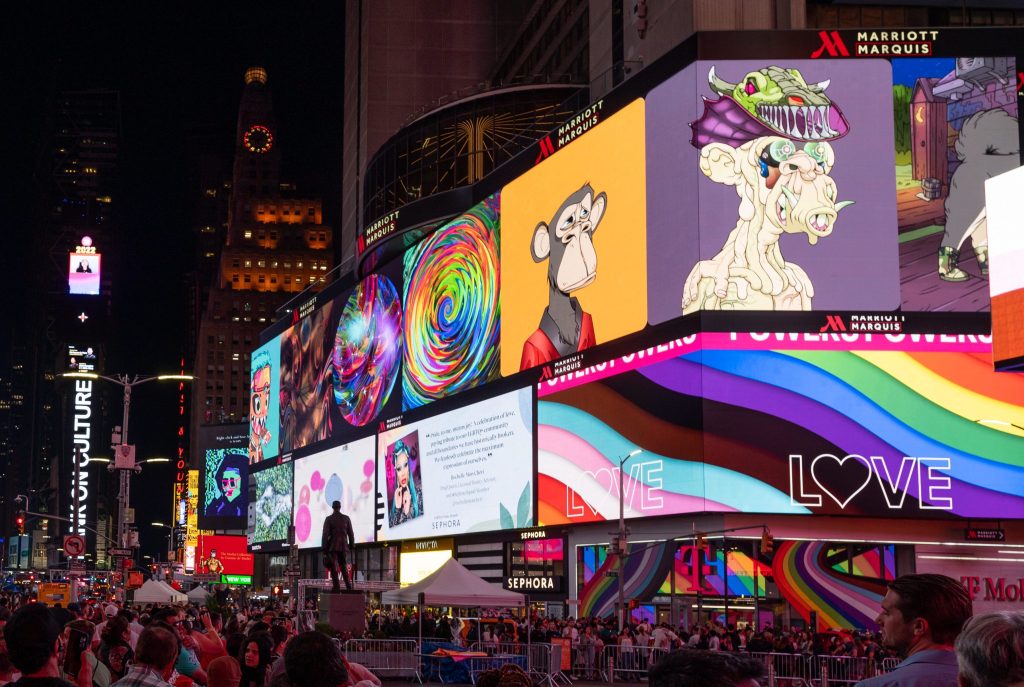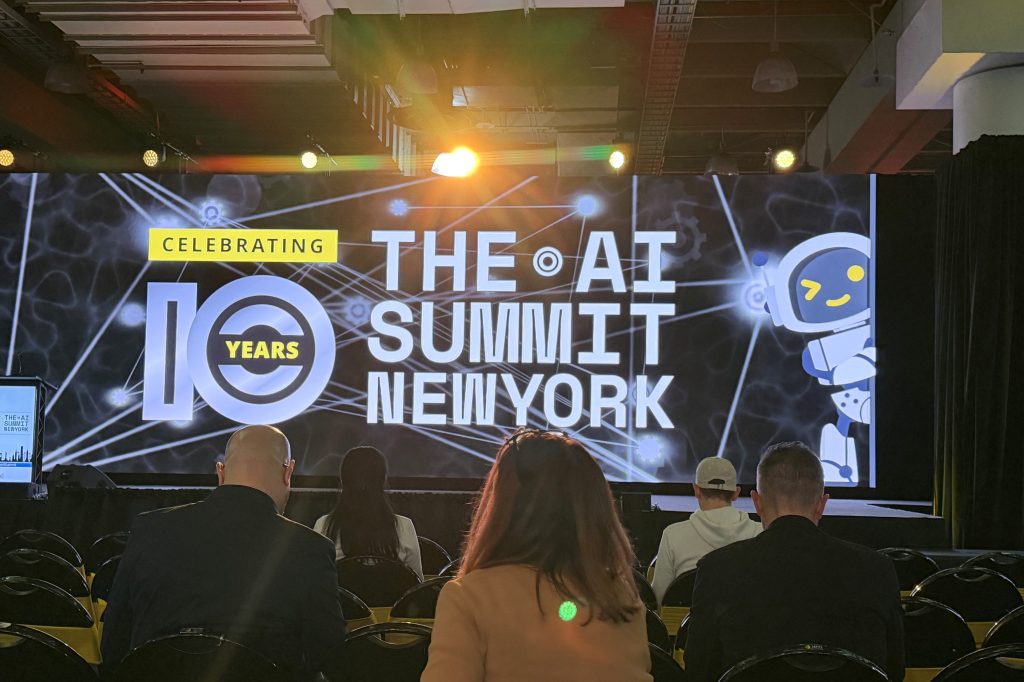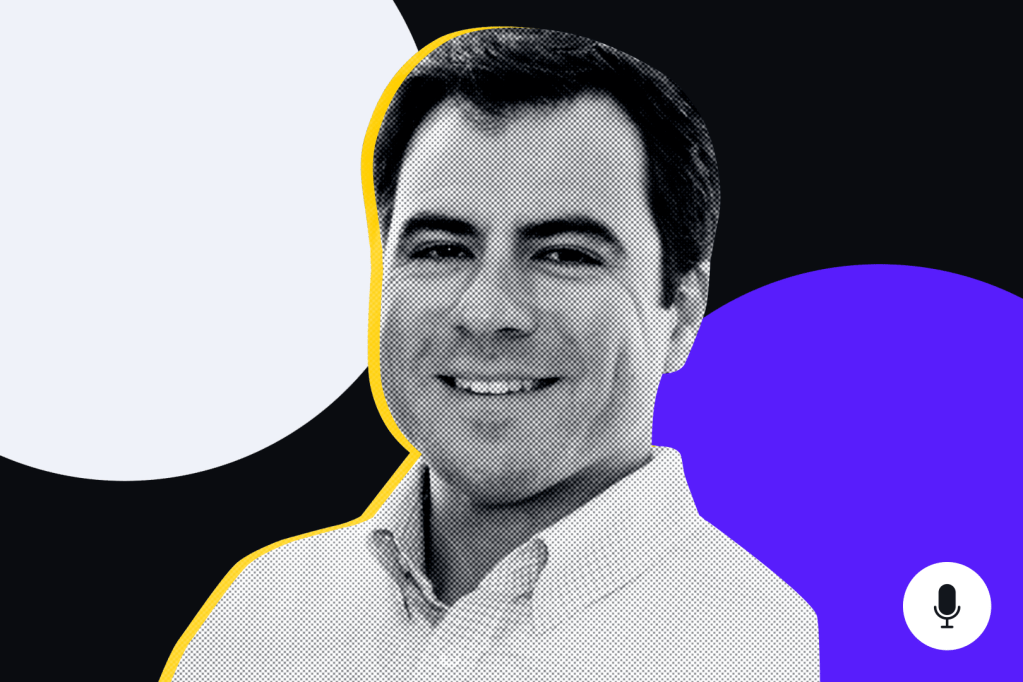*The title was written by AI. The rest of this article was not.
There is a lot of talk about artificial intelligence (AI) and how it will disrupt, and is already disrupting, the marketing, advertising and communications services (or marcomms) sector or, for instance, the financial services (FS) sector, where
Register for free to keep reading
To continue reading this article and unlock full access to GRIP, register now. You’ll enjoy free access to all content until our subscription service launches in early 2026.
- Unlimited access to industry insights
- Stay on top of key rules and regulatory changes with our Rules Navigator
- Ad-free experience with no distractions
- Regular podcasts from trusted external experts
- Fresh compliance and regulatory content every day

